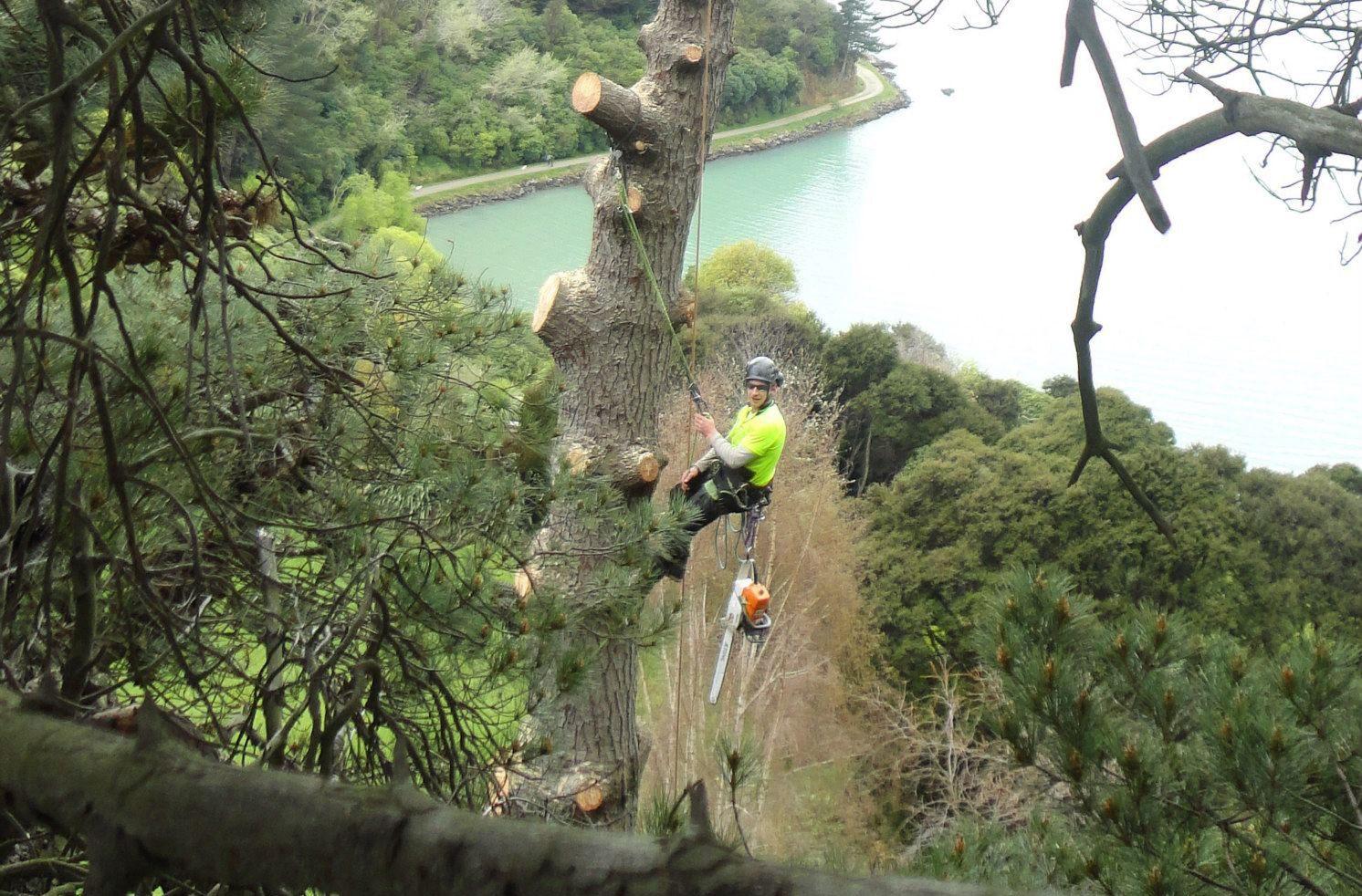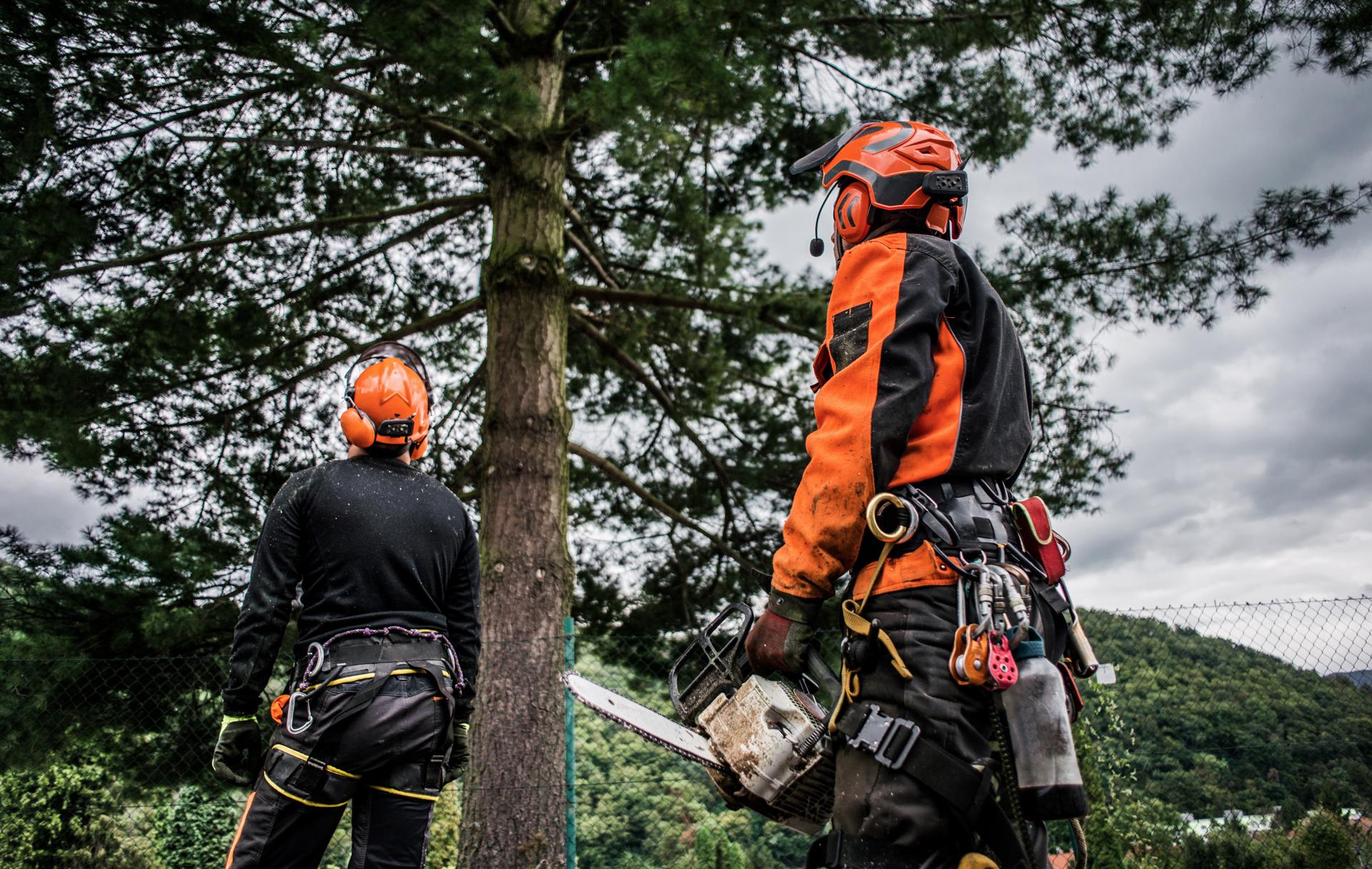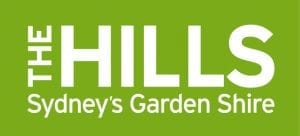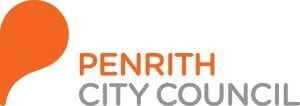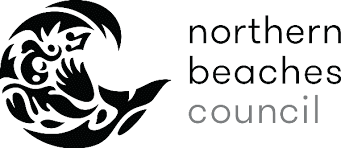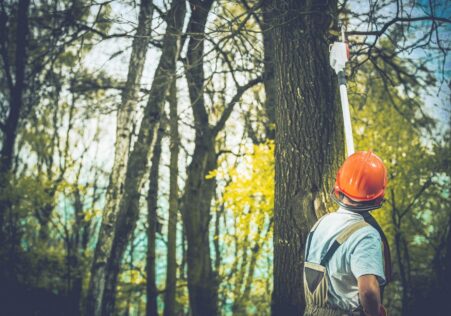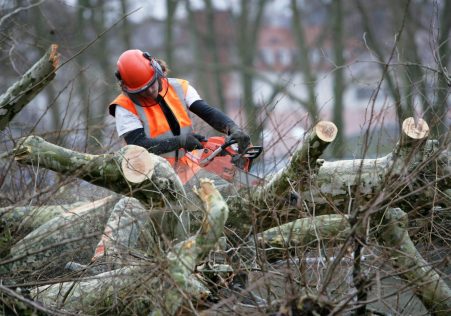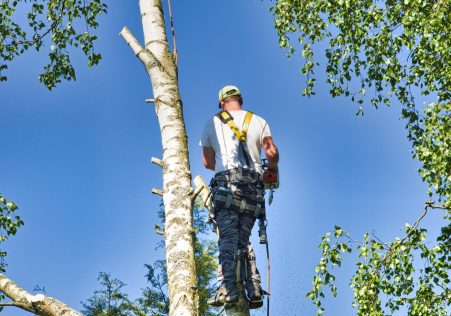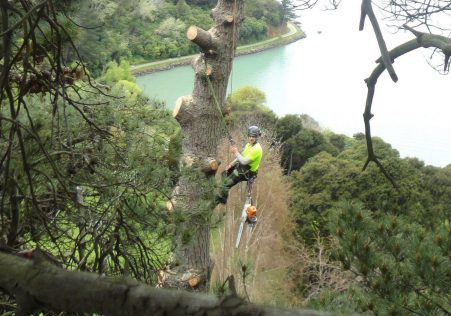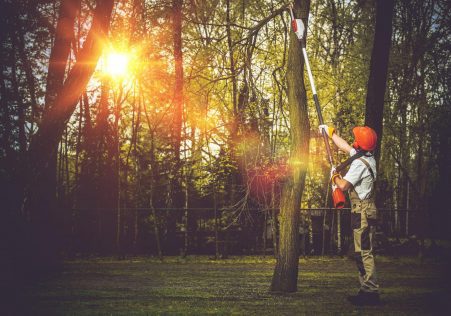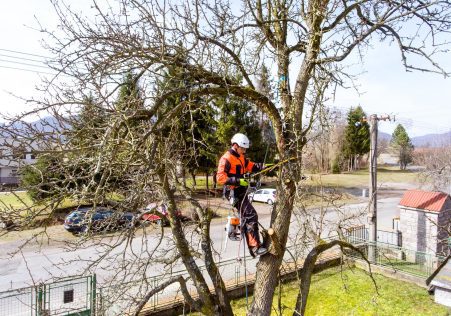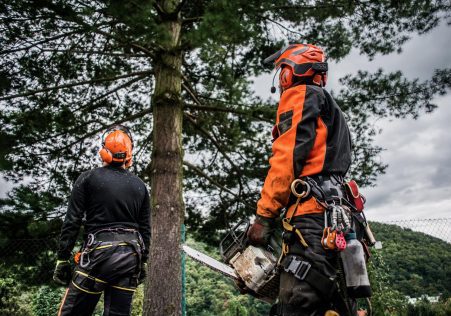Tree Removal 101: How to Know If to Cut Down a Tree
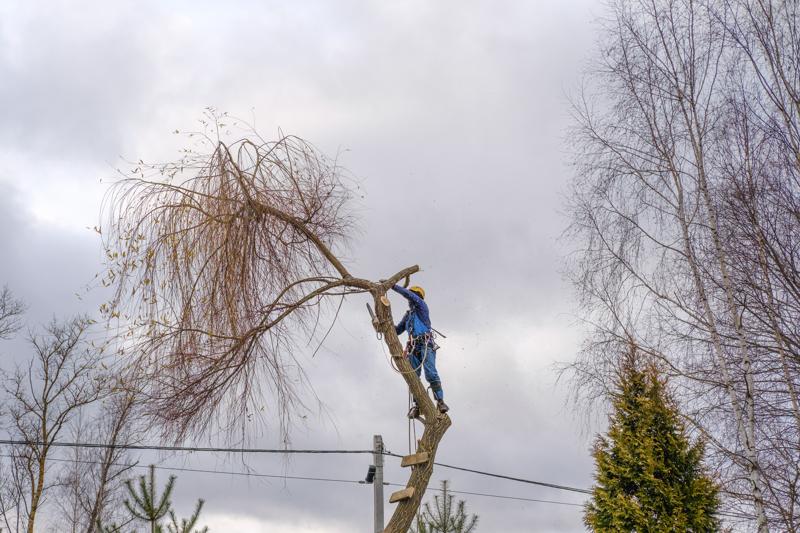
Tree removal is a difficult and possibly dangerous job. If a tree is dying or diseased or is in danger from falling down, then it may need to be removed to avoid damage to the property and to ensure safety. But how do you tell whether a tree should be removed? We’ll walk you through the signs to watch out at and guide you figure out whether it’s time to call experts.
Dead or Dying Trees
One of the most obvious signs that a tree must be taken down is if it is dead or dying. Dead trees lack leaves and may appear lifeless. If a tree is without leaves or any signs of growth, it’s likely dead. In addition, the bark of dead trees could be cracked, dry or peeling.
Trees that are diseased
The trees that are sick can pose a threat to the other plants and trees in the surrounding area. The most common signs of disease in trees include dying leaves, wilted or yellowed branches, and the growth of mushrooms at the root and the top. If you suspect your tree might be suffering from disease It is essential to get it checked by a certified arborist.
Leaning Trees
Trees that are leaning towards one side could be a sign it is a sign that the roots are failing and the tree may be in danger of falling. To determine if a leaning tree is at risk, look for cracks or breaks within the trunk, and then look at the soil at the tree’s base. If you notice any of these indicators it is recommended to get the tree examined by an arborist.
Overhanging Branches
Overhanging branches of trees that are in close proximity to buildings or power lines can pose a risk to property and safety. If you’re concerned about overhanging branches you should get the tree assessed by an arborist to determine if removal or trimming is required.
FAQs
How do I know whether a tree is dead?
An individual tree can be said to be dead if it lacks leaves and has no evidence of growth. Additionally, the bark of a dead tree could be cracked, dry, or peeling.
What are the warning signs of a tree that is diseased?
Common signs of disease on trees include dying leaves, wilted or yellowed branches, and mushrooms growing at the bottom of the tree.
Is it safe to take down an entire tree on your own?
Tree removal is a difficult and potentially dangerous task. It’s best to delegate it to the experts to protect you and your family members.
Conclusion
When it comes to tree removal, it’s crucial to be aware of the indications that a tree needs to be cut down. When you’re aware of indications of dying or dead trees, sick trees, overhanging or leaning branches and overhanging branches, you can take the necessary steps to protect your property and those around you. If you believe that the tree that is on your property must be removed do not hesitate to contact Sydney Wide Tree Services for a professional review. Our arborists with years of experience are equipped with the knowledge and experience to handle all the tree removal requirements. Don’t risk your safety. If you suspect that a tree on your property needs to be removed, call Sydney Wide Tree Services today for a professional evaluation. Our arborists are experienced and will provide you with the security that comes with knowing your property is safe hands. Contact us today to 1300 926 820 to schedule an appointment.

